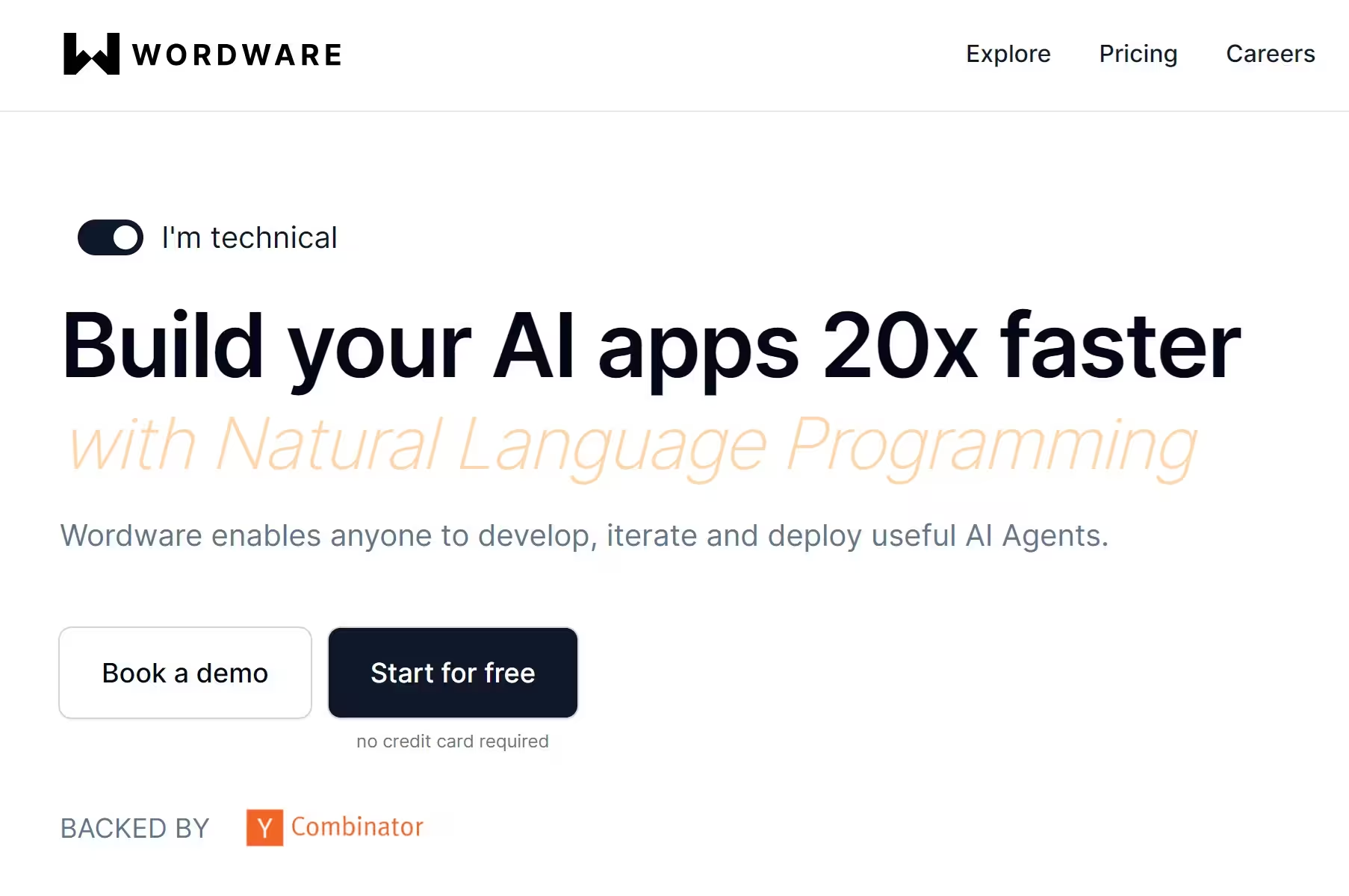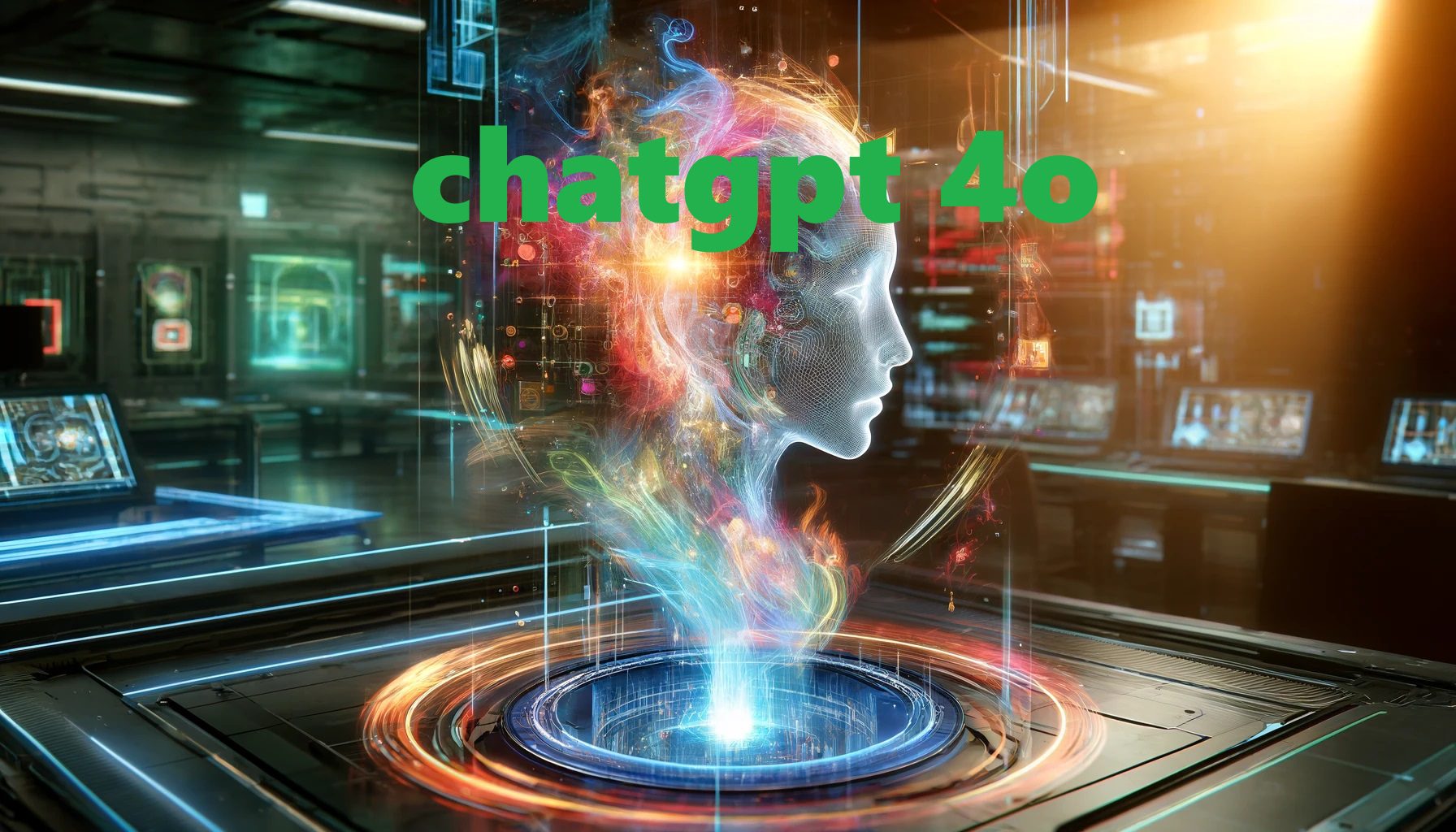🗣️ Natural Language
Natural language (NL) refers to the way humans communicate with each other using speech and writing. It’s the everyday language we use to talk, write, and convey our thoughts. Natural language is different from computer languages because it’s full of nuances, slang, and varied expressions that make it uniquely human. This kind of communication has been a challenge for machines to understand, but recent advances in artificial intelligence are bridging the gap, allowing computers to comprehend and generate human-like text.
AI’s Entry into Natural Language Processing
Artificial intelligence is making significant strides in natural language processing (NLP). This means AI can now understand, interpret, and generate text similar to how you do. One such disruptive tool is GPT-4, which powers applications like ChatGPT. This tool can answer questions, write essays, and even generate creative content. Another example is DALL-E, which converts text descriptions into images, showcasing how AI can understand and create visual content from natural language prompts.
In customer service, AI chatbots like those used by banks and online stores can handle queries, resolve issues, and provide information in a conversational manner. For content creation, tools like Jasper.ai help generate blog posts, social media content, and marketing copy, all based on NL input. These examples illustrate how AI is entering the field, making it possible for machines to understand and use it effectively.
Using Human Natural Language for Programming
Programming with human natural language is becoming a reality thanks to AI advancements. This approach allows you to write code using everyday language, making programming more accessible to non-experts. Tools like OpenAI’s Codex can translate it instructions into executable code. For example, you could say, “Create a function that adds two numbers,” and the AI would generate the corresponding Python code. This shift towards NL programming is democratizing software development, enabling more people to create applications without needing deep technical knowledge.
Examples of Using Human Natural Language to Create Websites or AI Agents from Templates
Creating websites or AI agents has never been easier with the use of natural language. Imagine telling an AI, “Build a website for my bakery with a homepage, about page, and contact form,” and watching it generate the code and design in real-time. Tools like Wix ADI and WordPress’s AI-powered builders can take your verbal instructions and turn them into fully functional websites, complete with your specified features and style.
For AI agents, platforms like Microsoft’s Bot Framework and Rasa use NL inputs to build intelligent agents. You can instruct the AI, “Create a customer service bot that can handle order inquiries, track shipments, and provide FAQs,” and it will set up the necessary dialogues and integrations. These tools leverage NL to make sophisticated web development and AI creation accessible to everyone, reducing the complexity and speeding up the process.
-

Wordware AI
Wordware AI, founded by HeyDaily Inc. and backed by Y Combinator, offers a powerful Natural Language Programming IDE that simplifies AI app development. With an intuitive Notion-like interface, advanced features like loops and branching, support for multiple LLM providers, and one-click API deployment, Wordware makes creating AI applications accessible and efficient for both technical and non-technical users.

